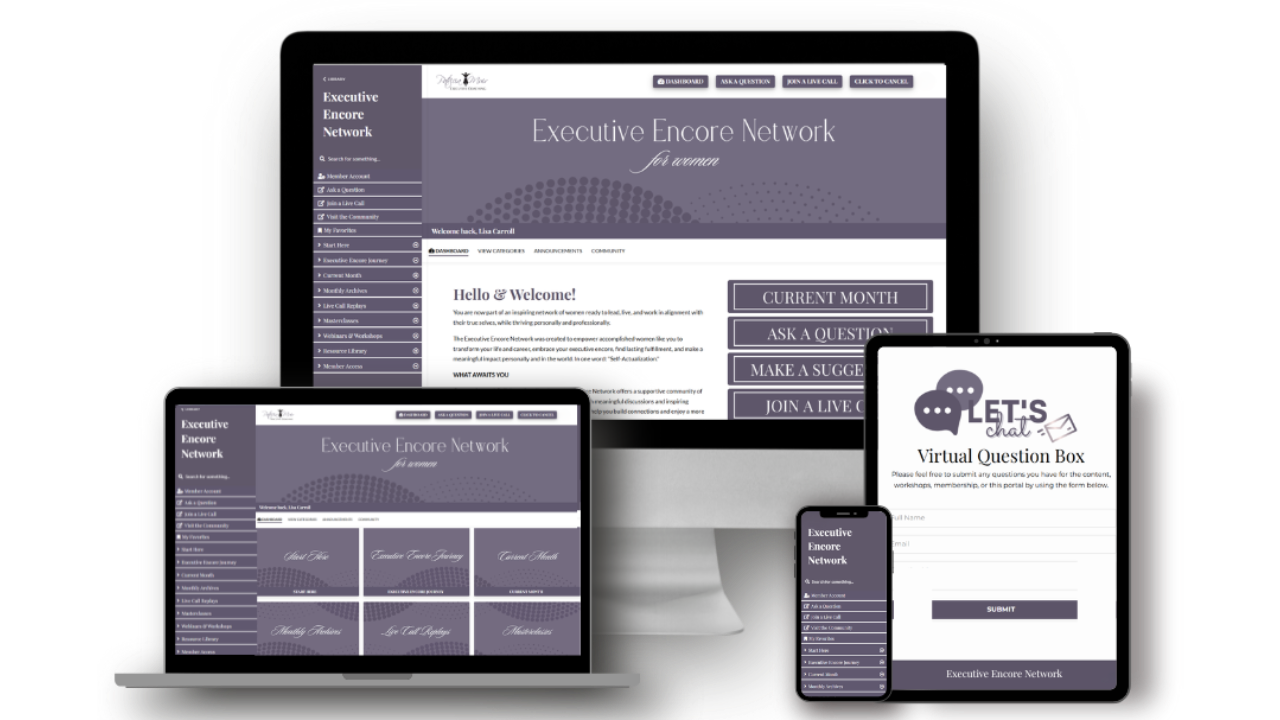
Loss is an element of dynamic change
Dec 02, 2020Regardless of whether we initiate change or change is forced upon us, loss is an element of change that needs to be noted, respected, and acted upon. Failure to identify and be ready for the endings and losses that change produces is the largest single problem that we encounter in transition. No one foresees how we and others will be impacted by a change even when the change is an improvement. We all lament and experience a sense of loss for "what was" whether it's related to our personal life or related to our job.
The first step is recognizing that all change involves letting go of something. Even good changes such as graduation, promotion, expansion, and retirement involve losses and endings. Before you can begin something new, you have to end what used to be. In order to learn a new way of doing things, you have to unlearn the old way. That can be quite a challenge when all seems to be going well and then something changes. All beginnings depend on endings. Change and endings go together; you can’t have one without the other. The problem is – nobody likes endings.
The change is not what people will likely resist. The losses and endings that they experience will foster resistance. Little good comes from talking about how positive the outcome will be. First, we have to deal directly with the losses and endings. But how?
- Identify who is losing what and why.
- Accept the reality and importance of subjective losses. (Don’t be surprised at “overreaction.”)
- Expect and accept the signs of “grieving.” Acknowledge the losses openly and dial-up empathy.
- Give people information again and again; define what’s over and what isn’t.
- Mark the endings; treat the past with respect.
- Provide plenty of opportunity for discussion about both positive and negative changes.
- Engage the expertise of coaches who specialize in the type of change and the scope of impact, preferably from outside sources. Be aware of the myth that any coach can coach any transition.
The value of professional coaching
An effective way of dealing with these issues is by offering the services of trained and qualified coaches to deal with change management whether personal, professional or business. Individual time and attention with a professional coach is an excellent way for people to deal with their experiences. The opportunity to discuss the un-discussable with an outside person can create smooth transitions.
Navigating the neutral zone
The second step through transitions involves the acceptance of a neutral zone, a sort of no man's land between the old reality and the new. This is the time between the old identity and the new. This is the most uncomfortable time because of the insecurity of not knowing. If you don’t expect this period and deal with it, you may mistakenly conclude that the confusion you feel is a sign that there’s something wrong either with the program or the process.
If you try to rush through this period, you risk compromising the change process – but also you will lose a great opportunity. As painful and uncomfortable as we all feel in this neutral zone, this is the best place and time for creativity, renewal, and development for individuals and organizations.
The neutral zone is both a dangerous and an opportune place. This zone is the very core of the transition process. We are most likely to leave and to abort the process during this particular time. This is when old habits that are no longer adaptive to the situation are extinguished and new better patterns of habit begin to take shape. This is the chaos in which the old form of things dissolves and from which the new form emerges.
People thrive in this period of new beginning only if they have first acknowledged an ending and spent some time in the neutral zone. Unfortunately, most people and organizations are anxious to begin the new without finishing with the old first.
Dynamic change in business is not a DIY project
We can help you to be effective during periods of dynamic change by recognizing and utilizing your competencies while adapting your behaviour in situations that require a different approach. Our key tools and resources for leading dynamic change include Emotional Intelligence, TRACTION (EOS Model), Net Promoter System, and the Emerson Suite. We have developed signature programs such as THRIVE and Personal Quality and Leadership to support successful change during particularly challenging times for individuals and organizations.
Contact Patricia Muir at [email protected], at 416-804-4383, on LinkedIn, Maestro’s Facebook, Twitter.
More Resources for Managing Dynamic Change
- Bridges, William, Managing Transitions: Making the Most of Change; Perseus Books, 1991
- Duck, Jeanie Daniel; “Managing Change: The Art of Balancing,” Harvard Business Review, Nov.-Dec. 1993.
- Kotter, John P.; Leading Change, HBS Press,1996.
- Kotter, John P; “How to Get Aboard a Major Change Effort,” Harvard Business Review, September 1996.
- Larkin, TJ. and Sandar Larkin, “Reaching and Changing Frontline Employees,” Harvard Business Review, May-June 1996.
- Pascale, Richard, and Mark Millemann and Linda Gioja, “Changing the Way We Change,” Harvard Business Review, Nov.-Dec. 1997.
- Senge, Peter, The Dance of Change, 1999.
Next Steps
You don’t need to navigate your Executive Encore alone. Discover a better way to take charge of your experience.
- Schedule a 30-Minute Complimentary Executive Encore Call.
Ready to elevate your encore chapter?
- Join the Executive Encore Network for Women, a membership and community of supportive women ready to inspire and uplift. Subscribe to the Sunday Encore to begin your Executive Encore Journey and register for the next Tour to learn more.


